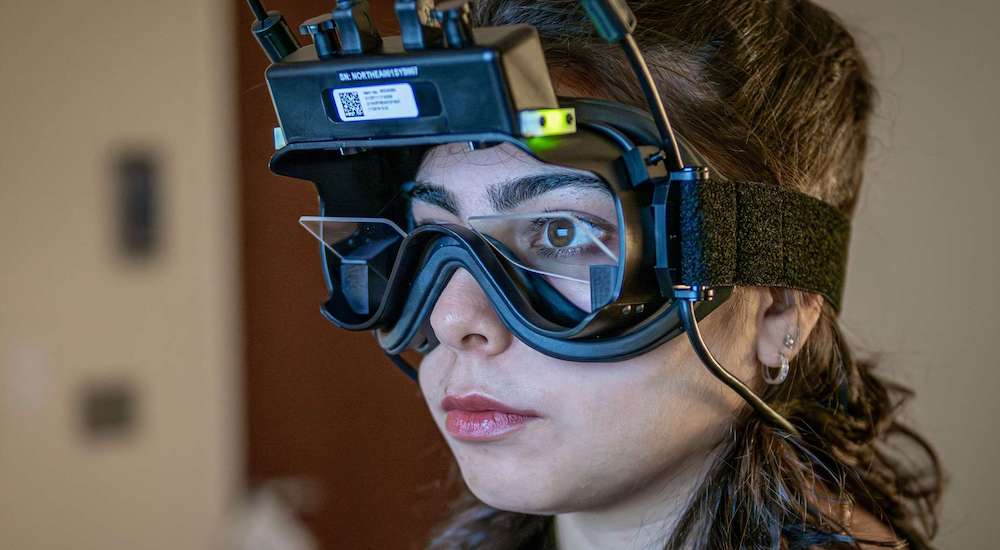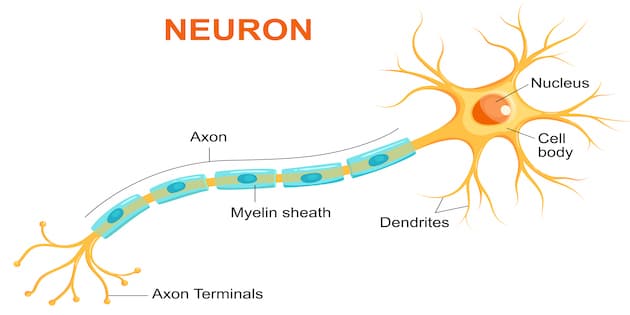Novel gene function discovered in age-related disease
Research
A group of researchers from the Mammalian Genetics Unit of the MRC Harwell Institute, Harwell Campus, Oxford, UK have found new pathways involved in age-related disease through a mouse model.

The team carried out a large-scale genetic screen in mice using a phenotype-driven discovery platform. Their aim was to identify mutations resulting in age-related disease, whether of late onset or progressive in nature.
Through mutagenesis, the group generated pedigrees of mutagenized mice and recurrently screened for mutant phenotypes as the mice aged. Lead researcher Paul Potter and his colleagues were able to identify 105 distinct mutant lines from 157 pedigrees analyzed. Of these, 27 were late-onset phenotypes covering a wide range of physiological systems. The next step was to identify the underlying genes for 44 of these mutant phenotypes.
According to Dr Potter, “Our study is an important springboard for a better understanding of which genes in humans are involved in age-related conditions, and how changes in those genes influence this. This is a first and vital step in developing new therapies.”
The research found several novel genes associated with progressive and/or late-onset hearing loss, including the solute carrier family 4, sodium bicarbonate transporter, member 10 gene (Slc4a10) located on chromosome 2q24.2.
Source: EurekAlert; Potter, P. et al. Novel gene function revealed by mouse mutagenesis screens for models of age-related disease. Nature Communications. 2016 Aug 18;7:12444.



